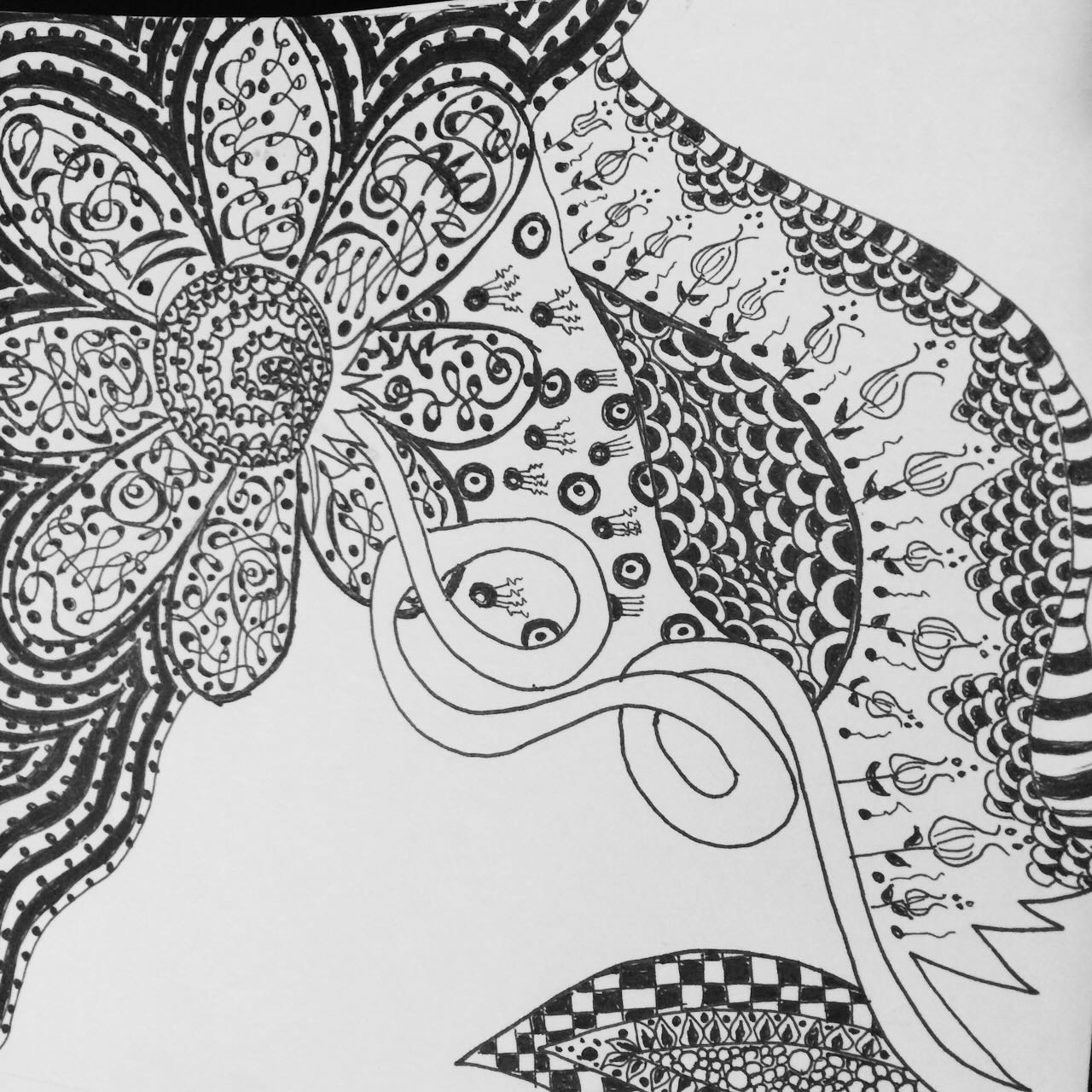That mindless scribble in your meeting notes? It might be the key to unlocking your peak cognitive performance.
Picture this: You’re in your fourth Zoom meeting of the day. Your attention is fragmenting. You wonder, “What’s for lunch?” You toggle between looking attentive and active listening—and fail at both.
You’re not alone. Research shows professionals miss up to 29% of critical informationduring meetings. Inattention can impact your career, stunt productivity, and increase workplace stress. The typical advice—”focus harder” or “try meditation”—sounds great. But it feels impossible for high achievers with packed schedules.
What if the answer isn’t adding another productivity hack? What if it’s something your brain naturally wants to do—something you’ve suppressed since high school?
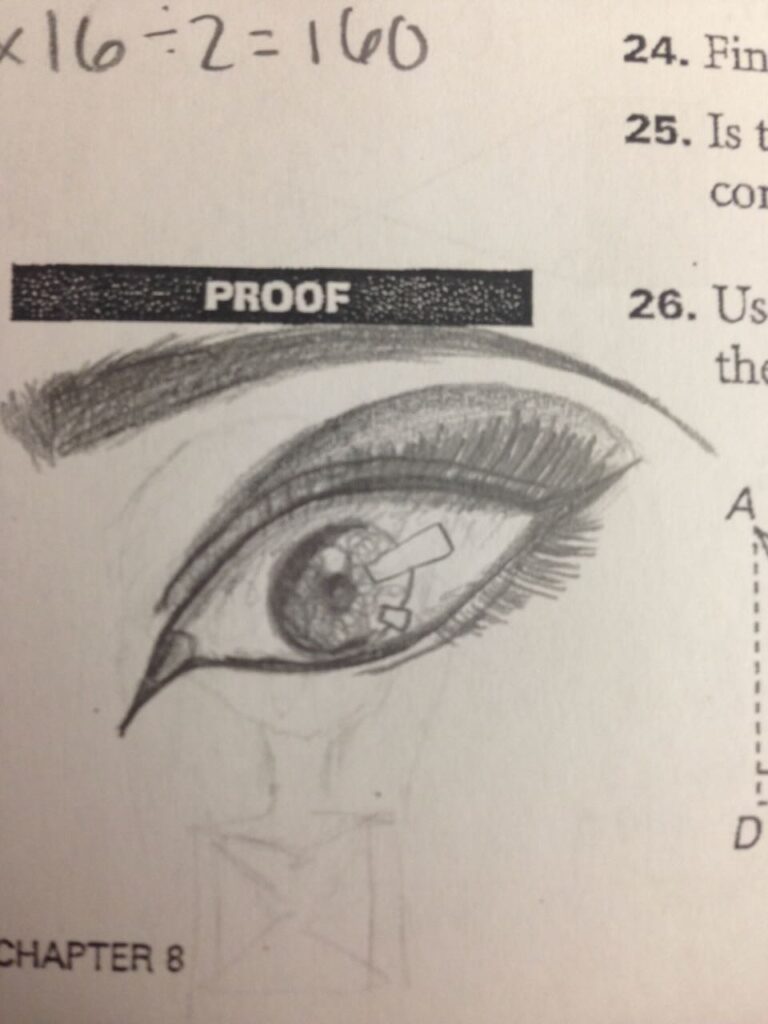
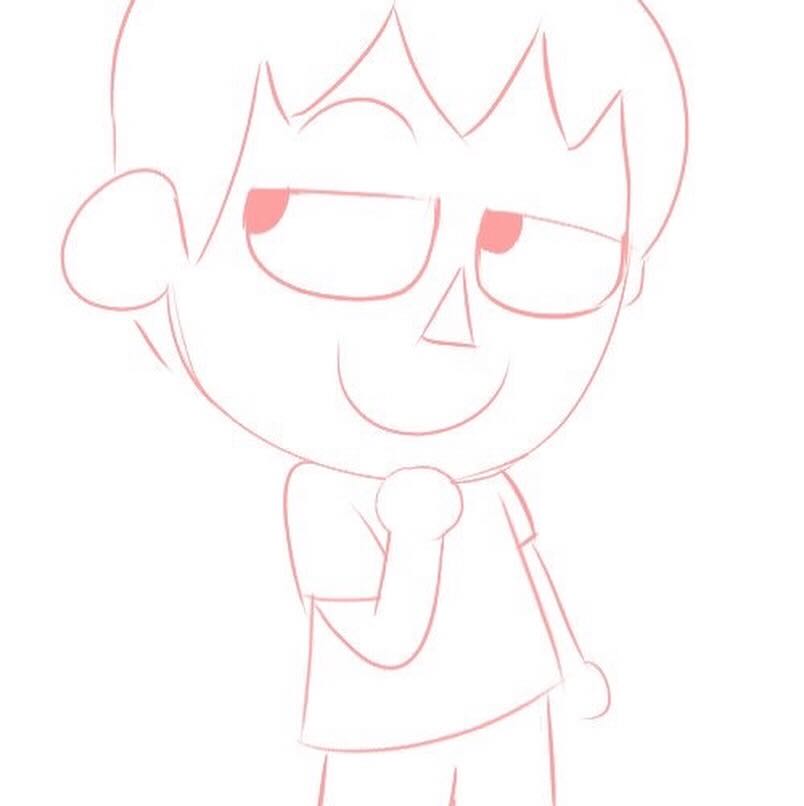
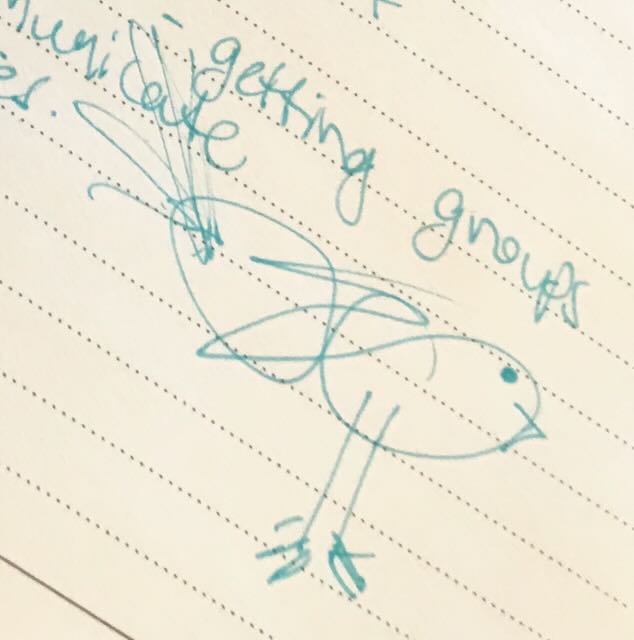

Enter Strategic Doodling
It is a science-backed cognitive tool that:
- Increases information retention by nearly 30% [1]
- Activates your brain’s “default mode network”—your deep thinking and creativity system [2]
- Regulates stress while enhancing focus [3]
- Requires zero extra time in your day
- Works immediately, without special training or equipment
If you left doodling behind years ago or relegated it to the margins of your notepad, it’s time to reconnect to the practice. It’s a sophisticated performance enhancement technique used by leaders past and present including former President Bill Clinton, Steve Jobs, and Queen Victoria. Research shows that doodling helps the brain remain active and enhances information processing and attention [2,1]. This is particularly valuable for busy professionals. It can be a powerful practice—even if you only have a few moments on the train or in between errands. All you need is paper and a pen.
The Metaphysical Meets the Pen
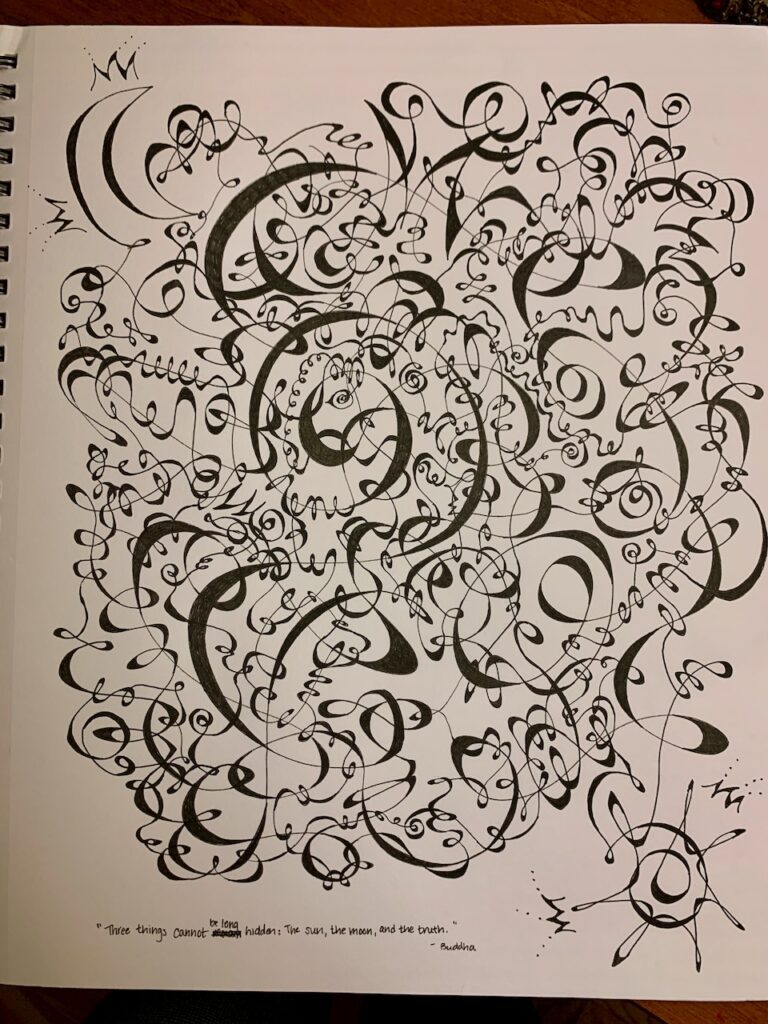
Doodling cab be a form of meditation. It’s a different way to achieve similar benefits while staying fully engaged in the present moment. In 2016, Sharat Gupta found our default mode network engages during doodling. It’s active when the brain is in a state of rest or mind-wandering and not focused on external tasks. He suggests doodling may be a way to bring subconscious content into the conscious mind, providing insight and reflection without intentional effort. [4]
Ready to upgrade your mental OS? Start here.
- Your Next Virtual Meeting: Keep a dedicated “strategic thinking” notepad. Try basic patterns—circles, lines, or simple shapes when your attention wanders. Notice how your focus shifts back to the conversation instead of your inbox. Feel your shoulders and lower back relax as you draw.
- Before Important Presentations: If a striking power pose or taking deep breaths isn’t your thing, give yourself three minutes to doodle while reviewing your main points. Research shows this primes your brain for enhanced information processing and recall.
- During Problem-Solving: Use simple visual patterns to give your analytical mind space to work. Some of our biggest breakthroughs can begin as small scribbles in the margins.
Too many professionals suppress the urge to draw at work and miss out on a powerful cognitive tool.
Your mind is already trying to doodle. Let it! By embracing this simple practice, you can enhance your performance. After all, the best solutions are often the most natural.
References
- Andrade, J. (2010). What does doodling do? Applied Cognitive Psychology, 24(1), 100-106.
- Schott, G. D. (2011). Doodling and the default network of the brain. The Lancet, 378(9797), 1133-1134.
- Kaimal, G., Ayaz, H., Herres, J., Dieterich-Hartwell, R., Makwana, B., Kaiser, D. H., & Nasser, J. A. (2016). Functional near-infrared spectroscopy assessment of reward perception based on visual self-expression: Coloring, doodling, and free drawing. The Arts in Psychotherapy, 55, 85-92.
- Gupta, S. (2016). Doodling: the artistry of the roving metaphysical mind. Journal of Mental Health and Human Behaviour , 21(1), 16-19.
